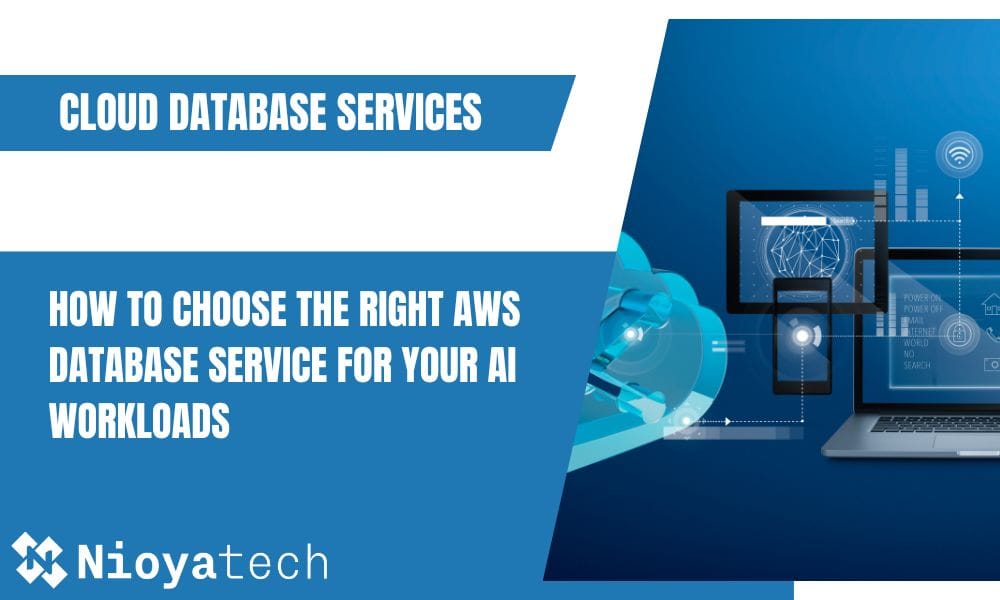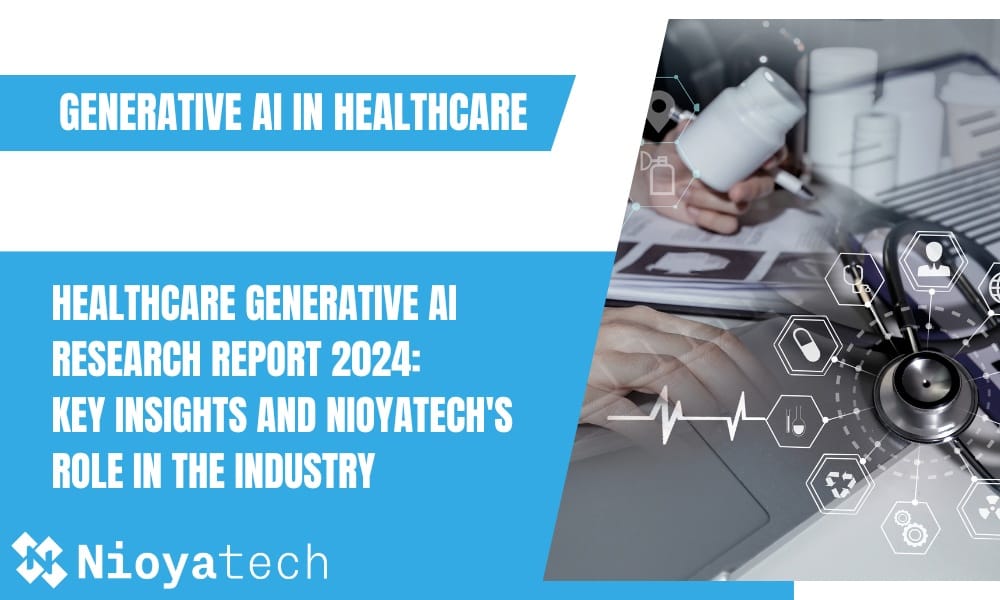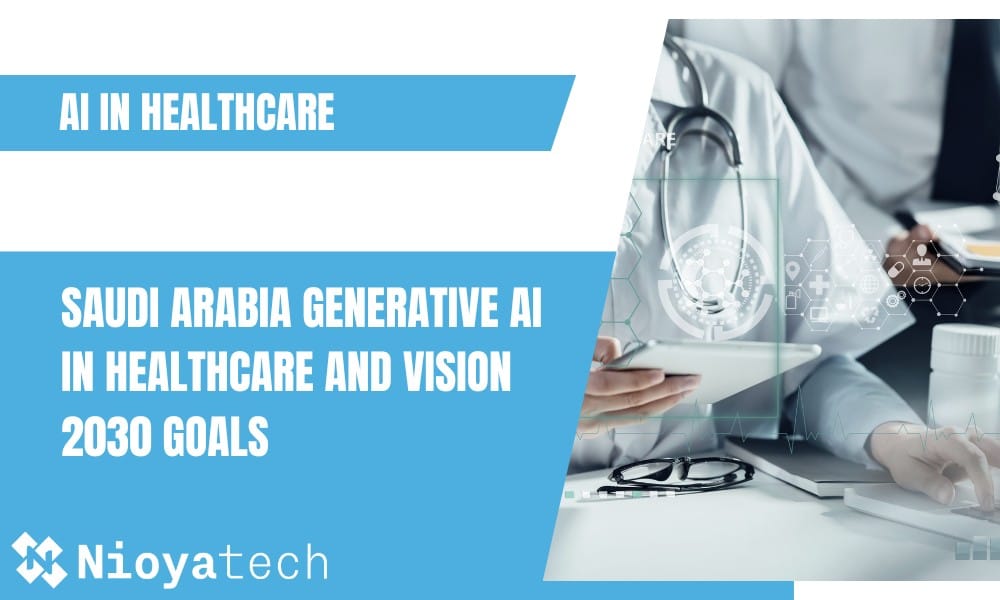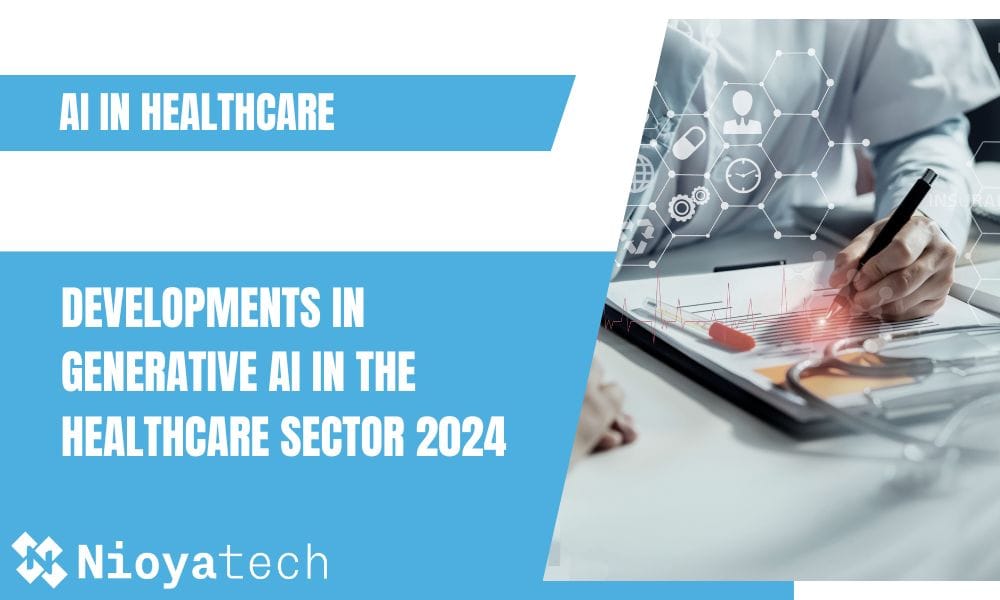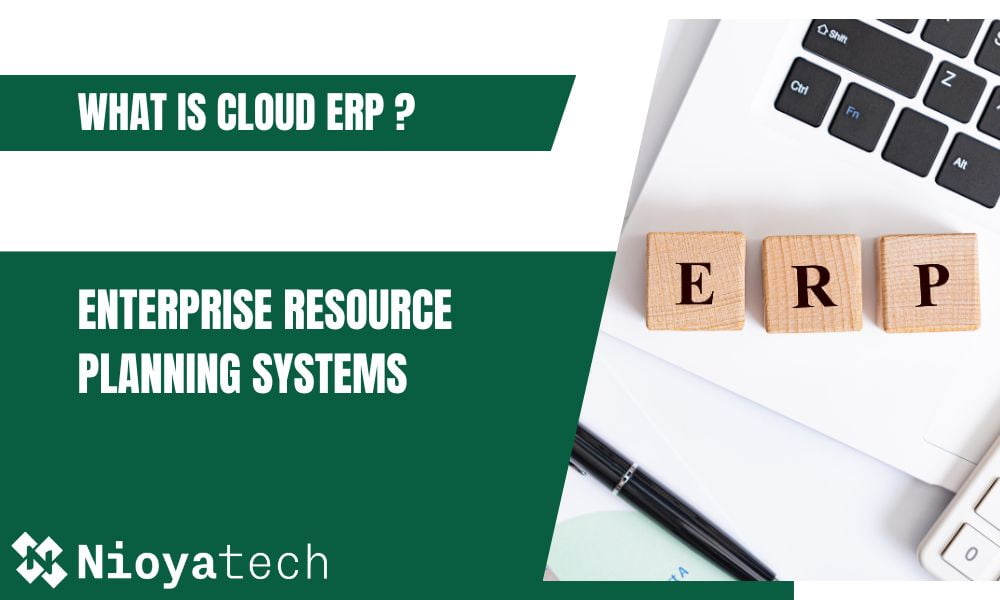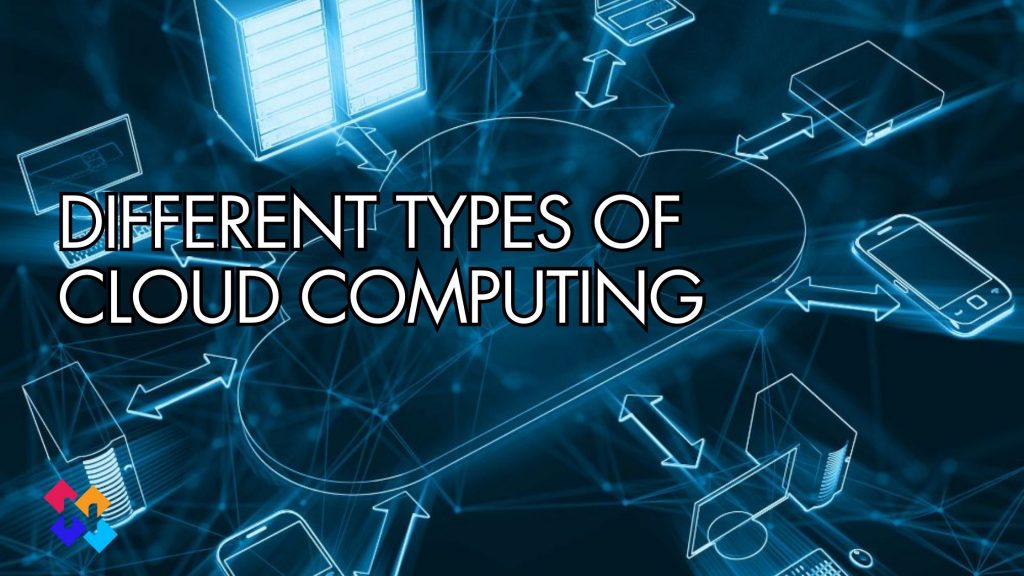The DevOps model has become a major trend in software development recently. DevOps practices aim for continuous development and feedback by encouraging automation and collaboration. In this way, it makes a big difference in the speed and quality of software development. However, implementing DevOps can be difficult as DevOps requires new skills and expertise, as well as a cultural shift in entire company processes.
In this article, I wanted to focus on the practical applications of DevOps, such as what DevOps enables us to do, what CI/CD tools are used for DevOps automation, and what the relationship between cloud and DevOps is. I am confident that by examining these practical aspects, whether you’re a seasoned IT professional or new to the field, this article will provide you with a clear understanding of what DevOps truly entails.
What is DevOps
DevOps, short for Development and Operations, represents a collaborative approach that fosters effective communication and synergy between two key units within the IT department: developers and operations teams. Traditionally, these two groups functioned in silos, often leading to inefficiencies, delayed deployments, and limited feedback loops. But DevOps changes this separate method by pushing for a single mindset and set of behaviors for both development and operations.
At its core, DevOps is not just a mere set of tools or a methodology; it’s a philosophy that emphasizes breaking down barriers and promoting a shared responsibility for the entire software delivery lifecycle. By integrating development, testing, deployment, and operations, organizations can enhance agility and deliver high-quality software products at an accelerated pace.
DevOps is a transformative approach that unifies development and operations, fostering collaboration, automation, and continuous improvement. By embracing DevOps principles, organizations can streamline workflows, drive innovation, and achieve business objectives more efficiently. However, implementing DevOps practices and establishing a robust DevOps culture can be complex and challenging for many companies. We will discuss this later.
DevOps Automation
Process Automation is critical in software development. Automation tools and frameworks enable teams to automate typical processes like code builds, testing, and infrastructure provisioning, which reduces manual mistakes and frees up resources for more strategic efforts.
By automating repetitive and time-consuming tasks, organizations can free up valuable resources, accelerate delivery cycles, and ensure consistent software releases. DevOps also advocates the use of agile methodologies, continuous integration, and continuous delivery (CI/CD) pipelines, which allow for faster iterations, shorter time-to-market, and more customer satisfaction.
Let’s explore the significance of DevOps automation in more detail.
Continuous Integration (CI) and Continuous Delivery (CD)
Continuous Integration (CI) and Continuous Delivery (CD) are foundational practices in DevOps that rely heavily on automation. CI involves automating the process of integrating code changes from multiple developers into a shared repository, enabling frequent builds and automated tests.
CD extends CI by automating the entire delivery pipeline, from code changes to testing, deployment, and release. By automating these processes, organizations can achieve faster feedback loops, identify issues early, and deliver software more rapidly.
Infrastructure as a Code (IaC)
With Infrastructure as a Code (IaC), infrastructure provisioning and configuration are managed through code, enabling organizations to define and manage their infrastructure using version-controlled templates.
This approach eliminates manual configuration and introduces consistency, scalability, and repeatability. Changes to infrastructure can be automated, ensuring that development, testing, and production environments remain synchronized and easily reproducible.
Monitoring and Log Management
Monitoring and log management are also integral parts of DevOps automation. By implementing automated monitoring and log analysis tools, organizations can gain real-time insights into the performance, health, and availability of their systems.
Automated alerts and notifications enable teams to proactively respond to issues, ensuring prompt resolution and minimizing the impact on end-users. Logging and monitoring are inextricably linked since log data is one of the primary data sources accessible to you for doing application monitoring.
Logs from all sources provide detailed windows into how an application is performing, even though they are not the only source of useful application metrics for your monitoring tools. You may use different tools, but logging and monitoring on a single platform helps resolve significant issues much faster and easier.
Continuous Development
Continuous Development is an essential practice within DevOps that enables organizations to continuously improve their software products through iterative development, collaboration, and automation.
Continuous Development involves an iterative and incremental approach to software development, where new features, enhancements, and bug fixes are continuously planned, developed, tested, and deployed. This iterative nature allows organizations to gather valuable feedback from users and stakeholders, make data-driven decisions, and respond rapidly to market demands.
One key principle within Continuous Development is the use of feature flags or toggles. DevOps teams frequently employ feature toggles for canary releases, A/B testing, and continuous deployment. Feature flags enable organizations to selectively enable or disable specific features in their software, allowing for controlled rollouts and experimentation.
By using feature flags, teams can release new functionality to a subset of users, monitor its impact, and make informed decisions based on real-time feedback. This approach promotes a culture of risk mitigation and encourages innovation by enabling teams to experiment with new ideas without impacting the entire user base.
Continuous Development encourages a culture of constant learning. Teams may discover areas for improvement, remove bottlenecks, and make iterative improvements by routinely collecting input, evaluating data, and performing retrospectives. This feedback-driven strategy helps firms to remain sensitive to changing consumer demands, adjust to changing market conditions, and provide valued software solutions that promote business success.
DevOps Tools in DevOps Lifecycle
This is the part where the concept of DevOps takes shape and becomes tangible. Software development is a process which is called SDLC (Software Development Life Cycle). The SDLC primarily focuses on the development phases of software, starting from gathering requirements, designing, coding, testing, and ultimately deploying the software.
The DevOps lifecycle extends beyond development and incorporates the operations aspect, including deployment, monitoring, and management of software in production environments. It emphasizes the seamless integration of development and operations practices for faster and more reliable software delivery.
To support and streamline the DevOps lifecycle, or let’s say this seamless integration of development and operations practices, there is a wide range of DevOps tools. These DevOps tools are specifically designed to automate various phases of the DevOps lifecycle, including version control, build automation, continuous integration, containerization, and monitoring.
Cloud DevOps
Cloud computing and DevOps are closely intertwined, as the cloud provides a scalable and flexible infrastructure to support DevOps practices. Cloud-based platforms offer on-demand resources, allowing organizations to scale their infrastructure based on application needs, deploy new features seamlessly, and enhance resilience.
Google DevOps
Google Cloud Platform (GCP) offers a wide range of services and tools that support the entire software delivery lifecycle. These services include version control, continuous integration, containerization, deployment automation, and application monitoring.
Google Cloud Source Repositories serve as a secure and scalable version control system, allowing teams to host and manage their code repositories in a unified and collaborative environment. Built on the scalable infrastructure of Google Cloud, these repositories seamlessly integrate with other Google Cloud DevOps services and provide robust version control capabilities.
For continuous integration, Google Cloud Build offers a fully managed service for building and testing applications. By defining build pipelines using configuration files, teams can automate the compilation, testing, and packaging of their code. Google Cloud Build scales dynamically to accommodate varying workloads, reducing the need for managing and maintaining build infrastructure.
Containerization is a fundamental aspect of Google Cloud DevOps, and Google Kubernetes Engine (GKE) provides a managed environment for running containerized applications at scale. GKE simplifies the deployment, management, and orchestration of containers, allowing teams to focus on developing and iterating their applications. By leveraging GKE, organizations can achieve scalability, resilience, and portability in their DevOps workflows.
AWS DevOps
AWS (Amazon Web Services) provides a powerful suite of services and tools that empower organizations to build, deploy, and manage applications with agility and scalability. AWS DevOps offerings combine the flexibility and scalability of the AWS cloud platform with a comprehensive set of DevOps tools and services.
AWS DevOps provides a range of services that facilitate various aspects of the software development and operations lifecycle. These services include version control, continuous integration, deployment automation, infrastructure as code, and application monitoring.
AWS CodeCommit serves as a reliable and scalable version control service, allowing teams to securely store and manage their code repositories in the AWS cloud. It seamlessly integrates with other AWS services and supports collaboration, code reviews, and branch management, enabling efficient code management workflows within a DevOps environment.
AWS CodeBuild offers a fully managed build service, enabling teams to compile, test, and package their code using customizable build environments. CodeBuild scales automatically to accommodate varying workloads, reducing the time and effort required to set up and maintain build infrastructure. By integrating with other AWS services and version control systems, teams can automate their build processes and ensure consistent and reliable builds.
For continuous integration and delivery, AWS CodePipeline provides a streamlined workflow for automating the release process. CodePipeline allows teams to define and visualize their release pipelines, integrating with various tools and services to automate code deployments, testing, and artifact management. With CodePipeline, teams can ensure fast and reliable software delivery, driving efficient collaboration and feedback loops.
Microsoft DevOps
Microsoft DevOps stands out as a powerful ecosystem that encompasses a wide range of tools, services, and integrations to support organizations in their journey towards seamless software development and operations. Microsoft DevOps combines industry-leading technologies and practices to enable teams to plan, build, test, and deploy applications with enhanced efficiency and collaboration.
At the heart of Microsoft DevOps is Azure DevOps, a comprehensive platform that offers a suite of services and tools designed to streamline the entire software delivery lifecycle. Azure DevOps provides integrated solutions for version control, continuous integration, continuous delivery, project management, and application monitoring.
Azure Repos, part of Azure DevOps, offers robust version control capabilities, allowing teams to effectively manage and track their codebase. With support for both Git and Team Foundation Version Control (TFVC), Azure Repos provides a centralized and scalable repository that enables seamless collaboration, efficient code reviews, and flexible branching strategies.
Azure Pipelines, another key component of Azure DevOps, enables teams to automate their build and release processes. With Azure Pipelines, teams can define and configure pipelines to build, test, and deploy their applications with ease. The highly customizable and scalable nature of Azure Pipelines allows teams to adapt their workflows to match their specific requirements, while ensuring consistent and reliable delivery.
DevOps Services
As already mentioned, implementing DevOps methods and developing a strong DevOps culture is complex and difficult. That’s where DevOps consulting firms come into play. These specialized experts bring deep knowledge and experience to guide organizations
DevOps consulting services enable companies to leverage the expertise of experienced professionals who can guide them through the complexities of DevOps adoption. By partnering with a DevOps consulting firm, organizations can navigate the implementation process more effectively, minimize risks, and ultimately achieve the desired outcomes of streamlined workflows, innovation, and efficient achievement of business objectives.
Here are a few key reasons why companies often seek consulting for DevOps Services:
Expertise and Guidance
DevOps consulting firms bring specialized expertise and deep knowledge in implementing DevOps practices. They have experience working with a variety of organizations across different industries and can provide valuable insights, best practices, and guidance tailored to the specific needs and goals of each company.
Accelerated Transformation
DevOps consultants can help companies accelerate their DevOps transformation by providing a roadmap and step-by-step plan for implementation. They can assess the current state of the organization, identify bottlenecks, and design customized strategies to overcome challenges and optimize processes. This ensures a more efficient and effective adoption of DevOps practices.
Minimized Risks
Implementing DevOps involves significant changes in workflows, tools, and cultural aspects within an organization. DevOps consulting firms can help mitigate risks by identifying potential pitfalls and offering mitigation strategies. They have experience navigating common challenges and can provide proactive guidance to minimize disruptions during the transition.
What is DevSecOps
DevSecOps is one of the DevOps trends that emphasizes the integration of security principles and practices throughout the software development lifecycle. By bringing security into the forefront, DevSecOps aims to ensure that applications are developed, deployed, and operated with security in mind from the very beginning.
DevSecOps promotes a collaborative and proactive approach to security, involving all stakeholders, including developers, operations teams, and security professionals. By integrating security into the DevOps workflow, organizations can identify and address potential vulnerabilities early, reducing the risk of security breaches and data compromises.
One key aspect of DevSecOps is the implementation of security automation and testing within the continuous integration and delivery (CI/CD) pipeline. Automated security scanning tools can be integrated into the build and deployment processes, allowing for continuous monitoring and assessment of the codebase, dependencies, and configurations. These tools can identify potential security issues, such as vulnerabilities or misconfigurations, and provide immediate feedback to developers for remediation.
Another critical component of DevSecOps is the adoption of secure coding practices. Development teams are encouraged to follow secure coding guidelines, leverage secure coding frameworks, and regularly conduct code reviews to identify and address potential security weaknesses. By embedding security practices into the development process, organizations can minimize the introduction of security flaws and build a strong foundation of secure software.
Continuous security monitoring and threat intelligence play a crucial role in DevSecOps. Monitoring tools and security information and event management (SIEM) systems, give organizations real-time insights into potential threats, anomalous activities, and security incidents. Continuous monitoring allows for timely detection and response to security events, enabling organizations to mitigate risks effectively.
DevOps as a Service
DevOps as a Service (DaaS) is a model in which organizations outsource their DevOps processes and infrastructure to a specialized service provider. It allows businesses to leverage the benefits of DevOps practices without the need for extensive in-house expertise, infrastructure, and resources.
With DevOps as a Service, organizations can rely on a service provider to manage and optimize their software delivery lifecycle, from development and testing to deployment and monitoring. DevOps as a Service combines both DevOps and cloud technology with expert support and guidance from experienced DevOps professionals.
Here are some of the key components of DevOps as a Service:
Strategy and Planning
The DevOps service provider collaborates with the organization to understand their goals, challenges, and requirements. They help define a tailored DevOps strategy and roadmap, aligning it with the organization’s objectives.
The DevOps consulting company sets up and manages the underlying infrastructure needed for DevOps practices. This may include cloud environments, servers, networking, and storage, ensuring scalability, security, and high availability.
Toolchain Implementation
The service provider selects and configures the appropriate DevOps tools and technologies based on the organization’s needs. This may include version control systems, build automation tools, continuous integration and delivery (CI/CD) pipelines, and monitoring solutions.
DaaS helps automate the build, test, and deployment processes, ensuring that software changes are integrated and delivered efficiently and reliably. Continuous integration, automated testing, and deployment pipelines are established to achieve seamless software releases.
Monitoring and Support
The DaaS provider implements monitoring and observability solutions to ensure the performance, availability, and security of applications. They provide proactive monitoring, issue detection, and resolution to minimize downtime and maintain optimal application health.
The consulting company offers guidance from experienced DevOps professionals who provide expertise in best practices, tool usage, and process optimization. They collaborate closely with the organization to address challenges, drive continuous improvement, and optimize the software delivery lifecycle.
DevOps Strategy
Implementing a DevOps approach makes sense if your company wants to reduce time to market, improve customer happiness, increase efficiency, and improve teamwork.
While building an in-house DevOps team is an option, partnering with a DevOps consulting company offers a range of services and expertise to help organizations successfully adopt and implement DevOps practices.
Visit Nioyatech’s Cloud Consulting and DevOps Services page to learn more about DevOps strategy, development, process automation, and CI/CD implementation. Don’t miss the opportunity to unlock the transformative synergy of cloud and DevOps for your organization.

